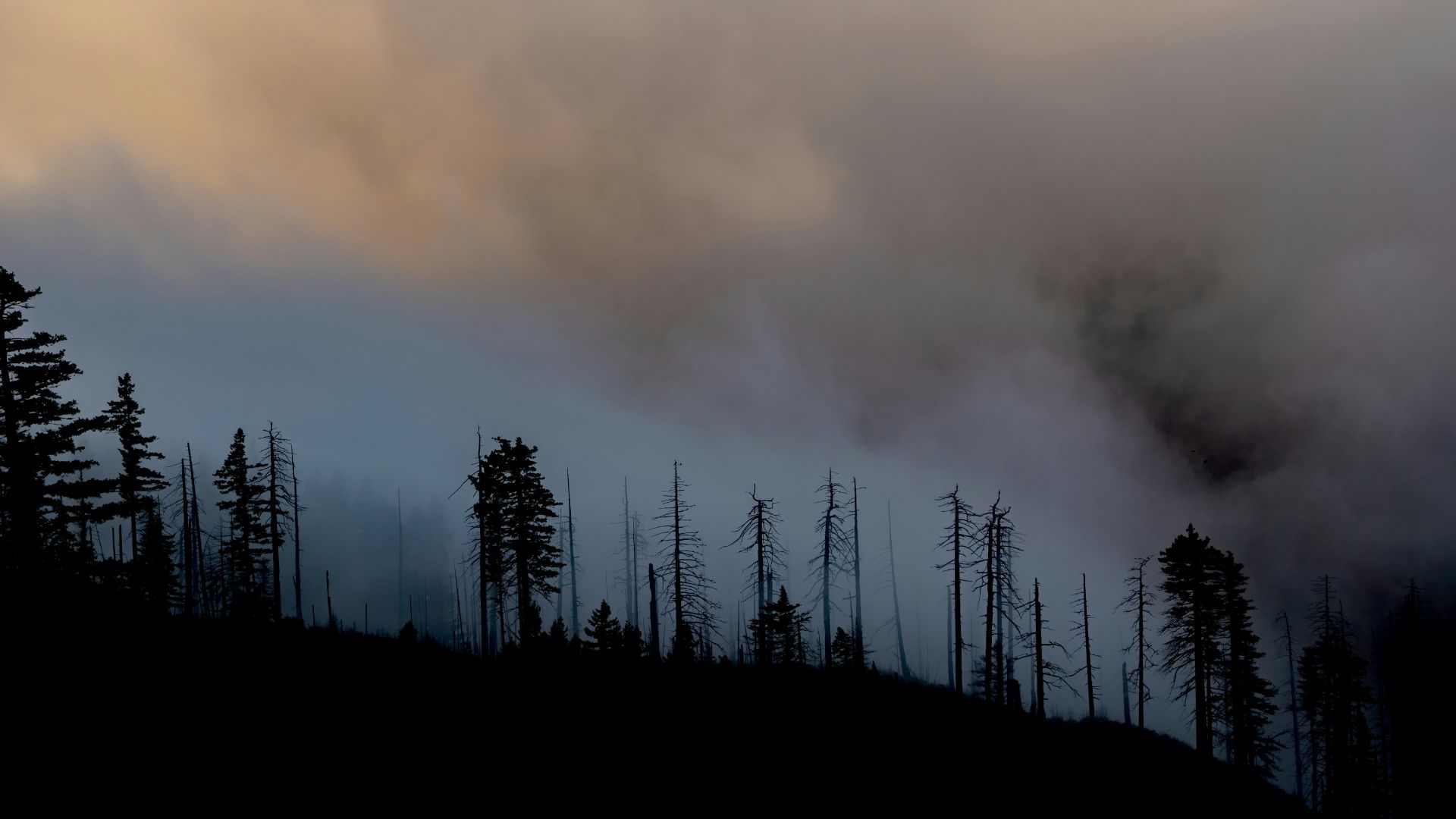Chapter 5. “The 2003 and 2007 Wildfires in Southern California” in Natural Disasters and Adaptation to Climate Change
Introduction
Although many residents of southern California have long recognised that wildfires in the region are an ongoing, constant risk to lives and property, the enormity of the regional fire hazard caught the world’s attention during the southern California firestorms of 2003 (Figure 5.1). Beginning on 21 October, a series of fourteen wildfires broke out across the five-county region under severe Santa Ana winds, and within two weeks, more than 300,000 ha had burned (Keeley et al., 2004). The event was one of the costliest in the state’s history, with more than 3,600 homes damaged or destroyed and twenty-four fatalities. Suppression costs for the 12,000 firefighters have been estimated at US$120 million, and the total response and damage cost has been estimated at more than US$3 billion (COES, 2004).
Just four years later, almost to the day, this event was repeated. Beginning on 22 October 2007, thirteen wildfires broke out across the same region, and under similar Santa Ana winds, consuming more than 175,000 ha, destroying more than 3,300 structures and killing seven people (Keeley et al., 2009). The 2003 and the 2007 wildfires were remarkably similar in their causes, impacts and the human responses they elicited. Particularly alarming is the observation that these fire events are not new to the region, as large fire events have occurred historically.


